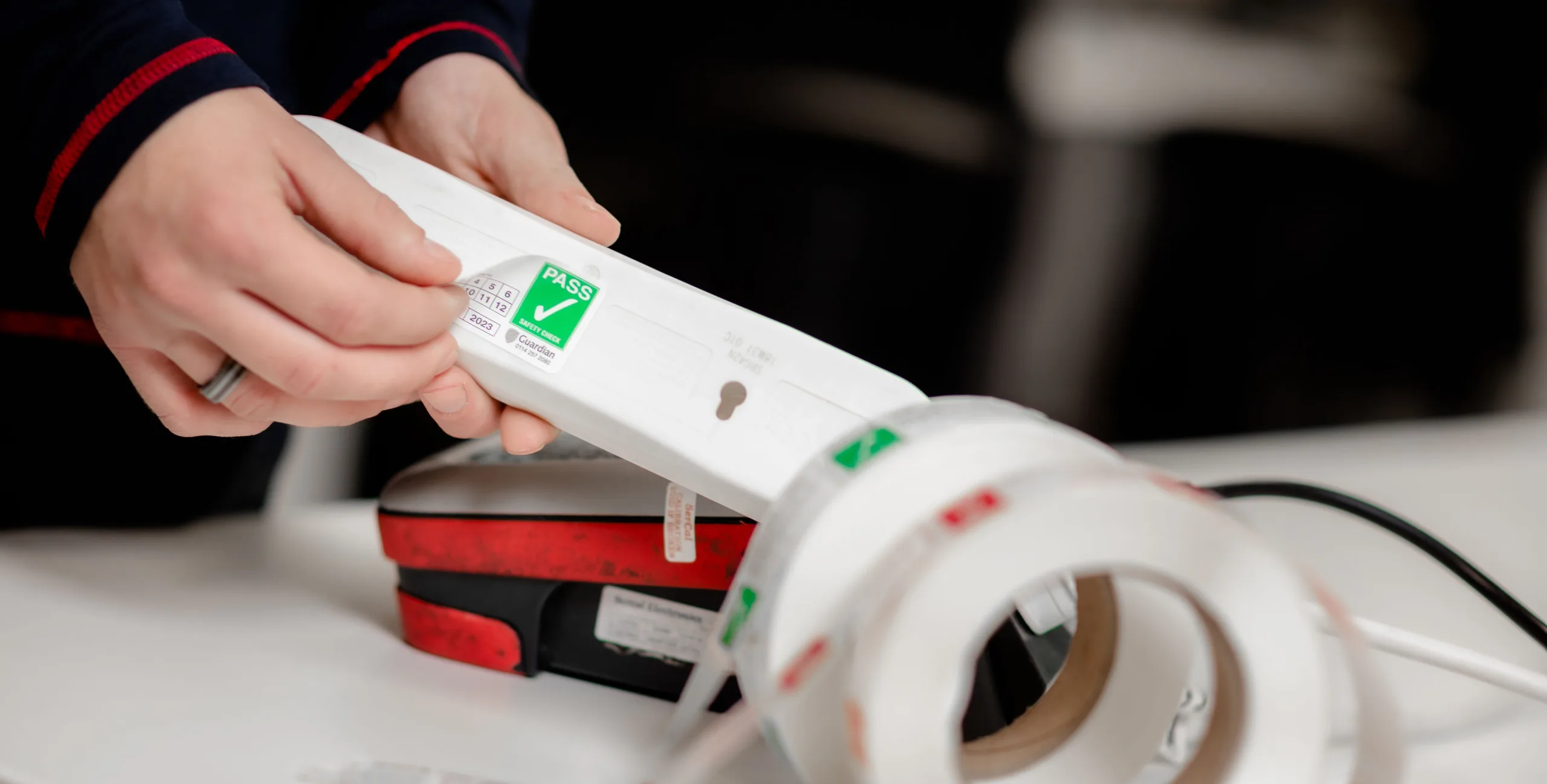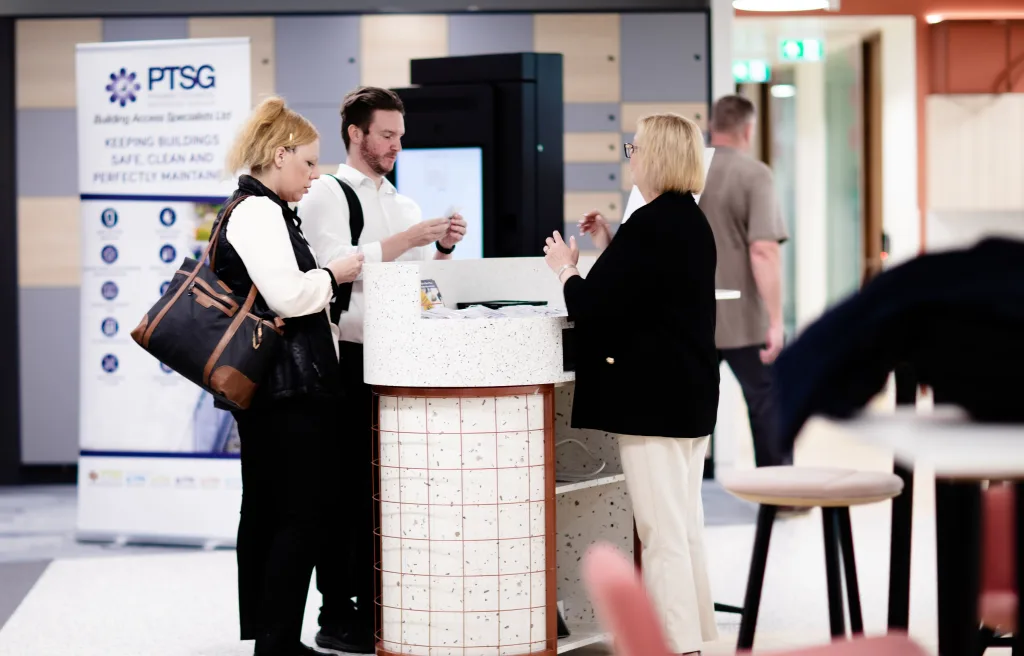What is PAT?
Portable Appliance Testing (PAT) is a procedure commonly carried out to ensure the safety of electrical appliances. The primary goal of PAT is to identify potential faults or defects in portable electrical equipment and confirm their safety for use. This testing plays a crucial role in reducing the risk of electrical accidents, such as electric shocks or fires, caused by faulty appliances.
Testing for Compliance
The PAT process generally comprises the following steps:
1. Visual Inspection: A trained technician or electrician visually inspects the appliance for any visible signs of damage, wear, or loose connections. This inspection includes examining the power cord, plug, and the appliance itself.
2. Electrical Testing:
This step requires employing specialized testing equipment to check the electrical integrity of the appliance. Various tests may be performed, including:
a. Earth Continuity Test: To ensure proper grounding of the appliance.
b. Insulation Resistance Test: To measure the resistance of insulation materials and prevent electrical leakage.
c. Earth Leakage Test: To detect any current leakage to the ground, which can be hazardous.
d. Functionality Test: To confirm that the appliance operates as intended.
3. Earth Continuity Failures: Earth continuity tests verify that the appliance is properly grounded. If the grounding is ineffective, it can increase the risk of electric shock.
4. Incorrect Wiring or Polarity: Reversed wiring or incorrect polarity can cause appliances to operate unsafely. This issue can often be corrected by rewiring or fixing the plug.
5. Inadequate or Missing Fuses: Fuses are critical safety components in plugs, and they should be of the correct rating for the appliance. Missing or incorrectly rated fuses can lead to electrical faults.
6. Loose or Damaged Plugs: Loose pins, damaged plugs, or cracked casings can lead to electrical hazards and should be repaired or replaced.
7. Lack of Equipment Labels: All appliances tested during PAT should be labelled with a “Pass” or “Fail” status to indicate their safety. A missing label can lead to confusion.
8. Overheating or Burning Smells: Appliances that emit unusual odours, such as burning smells, or become excessively hot during testing may be faulty and unsafe.
9. Poor Contact with Electrical Outlets: Loose or poor connections with power outlets can lead to electrical faults and should be addressed.
10. Missing or Incomplete Documentation: Accurate and complete record-keeping of test results and appliance information is essential for compliance and tracking safety issues over time.
11. Mechanical Damage: Physical damage, such as dents or cracks, can compromise the safety of an appliance, even if it doesn’t immediately affect its electrical components.
12. Defective Safety Features: Some appliances have safety features, such as ground-fault circuit interrupters (GFCIs), that may not function correctly. Ensuring that these safety features are working properly is crucial.
13. Functional Failures: In some cases, appliances may not operate as intended. A malfunctioning appliance can be a safety concern and may require repair or replacement.

Service turned up to 11.
01. Peace of mind
02. Dramatically reducing risk
03. Promoting confidence to use appliances
Reducing Risk
It's important to address any identified issues during PAT promptly, either by repairing or replacing the appliances, to ensure the safety of users and compliance with safety regulations. PAT helps in early detection of these problems, reducing the risk of electrical accidents and fires.
You might ask yourself, what does Portable Appliance Testing achieve?
Free consultation











